Home>Home Maintenance>How To Slope Drainage From Your House
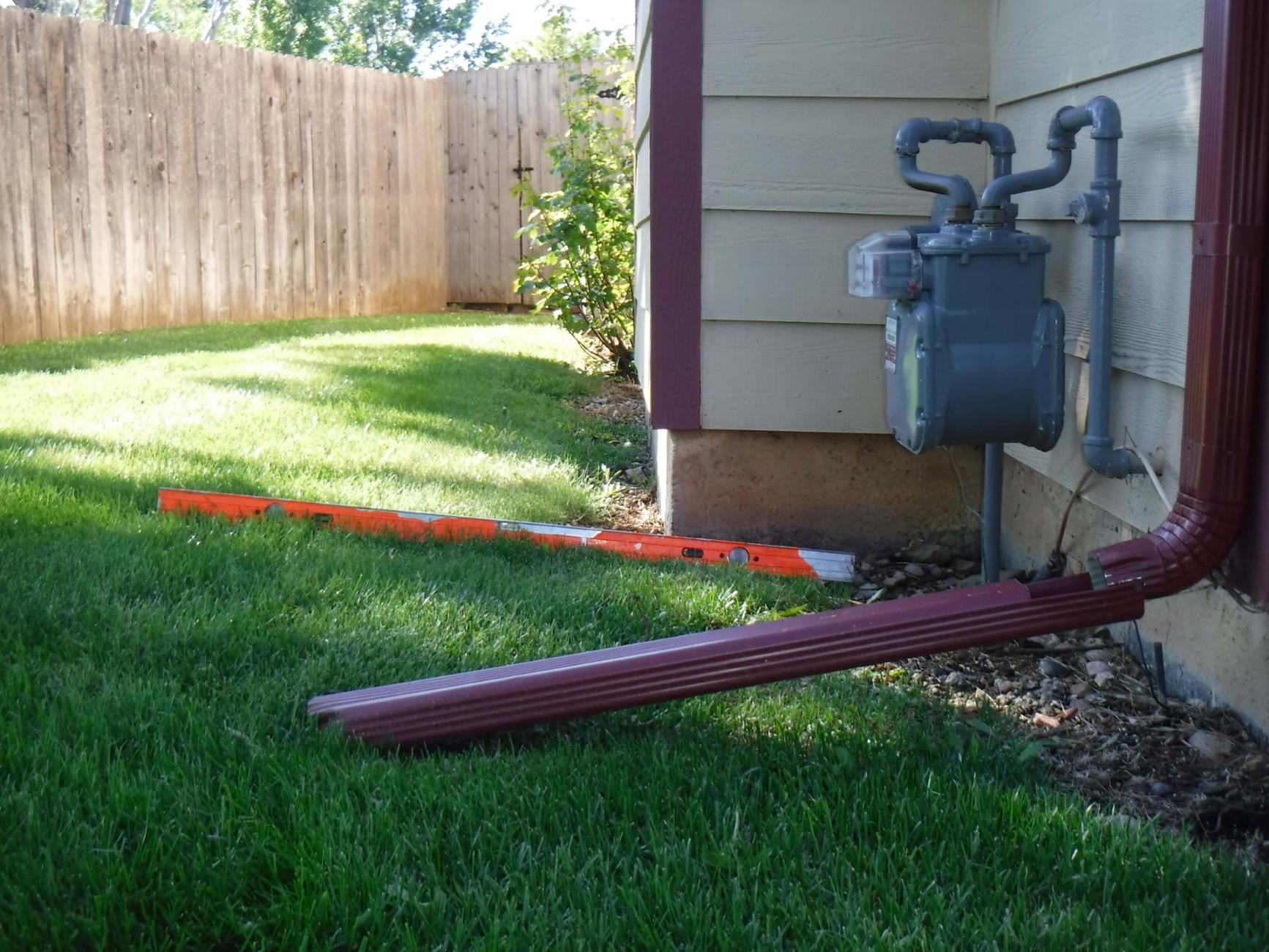

Home Maintenance
How To Slope Drainage From Your House
Modified: March 7, 2024
Learn how to effectively slope drainage away from your house for proper home maintenance. Improve your home's water management with our expert tips.
(Many of the links in this article redirect to a specific reviewed product. Your purchase of these products through affiliate links helps to generate commission for Storables.com, at no extra cost. Learn more)
Introduction
Having proper slope drainage around your home is crucial for maintaining its structural integrity and preventing water-related issues. Without proper drainage, accumulated water can seep into your foundation, causing cracks, mold growth, and other serious problems. In this guide, we will explore the importance of slope drainage, how to assess your yard for drainage needs, and various methods to establish an effective slope drainage system.
Slope drainage refers to the process of diverting water away from your home’s foundation. It involves creating a slope or a grade that allows water to flow naturally and efficiently away from the building. This ensures that excess water doesn’t accumulate near your home’s foundation, preventing potential damage and maintaining a dry and stable environment.
Proper slope drainage is especially critical in areas with heavy rainfall, as water runoff can quickly accumulate and cause significant damage if not properly managed. By implementing effective slope drainage techniques, you can safeguard your home against potential water-related issues, such as basement flooding, erosion, and foundation problems.
Now that we understand the importance of slope drainage, let’s dive into the process of assessing your yard to identify any existing drainage issues and determine the ideal slope for your home.
Key Takeaways:
- Proper slope drainage is crucial for protecting your home from water damage and maintaining a stable living environment. Assessing your yard and implementing effective drainage methods are key to safeguarding your property.
- Regular maintenance of your slope drainage system is essential to prevent water-related issues. Clearing debris, inspecting for blockages, and monitoring soil settling are important tasks to ensure long-term effectiveness.
Importance of Slope Drainage
Slope drainage plays a crucial role in protecting your home from water damage and ensuring its longevity. Without proper drainage, water can accumulate around your foundation, leading to a variety of issues. Here are some key reasons why slope drainage is essential:
- Prevents Foundation Damage: Excess water pooling around the foundation can penetrate the soil and cause it to expand. This, in turn, can lead to foundation cracks and even structural instability. With proper slope drainage, water is directed away from the foundation, reducing the risk of damage.
- Prevents Basement Flooding: A poorly drained yard can result in water seeping into your basement, leading to costly repairs and potential health hazards from mold and mildew growth. Proper slope drainage helps channel water away from your home, minimizing the risk of basement flooding.
- Avoids Erosion: Without adequate slope drainage, water runoff can erode the soil around your home, causing unsightly and potentially dangerous erosion. By implementing effective drainage measures, such as swales and graded channels, you can prevent erosion and preserve the integrity of your landscape.
- Protects Landscaping: Excessive moisture near plants and trees can drown their roots and lead to their demise. By properly grading your yard and ensuring efficient drainage, you can protect your landscaping investment and maintain a healthy, vibrant outdoor space.
- Prevents Water-Related Structural Issues: Accumulated water can damage not only your home’s foundation but also its walls, basement, and other structural components. Proper slope drainage helps safeguard against these costly water-related structural issues.
With these benefits in mind, it is clear that investing in a well-designed and properly executed slope drainage system is vital for the long-term health of your home. By taking the necessary steps to redirect water away from your foundation, you can avoid potential damage and ensure a dry and stable living environment.
Assessing Your Yard
Before implementing a slope drainage system, it’s essential to assess your yard to identify any existing drainage issues. Here are some steps to follow:
- Observe Water Accumulation: Walk around your yard after a rainfall or when you water your lawn to see how water flows and collects. Take note of any areas where water tends to pool or stand for an extended period. These are indicators of poor drainage.
- Inspect the Foundation: Check the perimeter of your home for signs of water damage, such as cracks in the foundation or dampness in basements or crawl spaces. These can be indications of water accumulation due to inadequate slope drainage.
- Consider Yard Grade: Assess the overall slope of your yard. Ideally, the ground should gently slope away from your home in all directions to encourage proper water runoff. Flat or sunken areas can impede drainage and require attention.
- Examine Soil Composition: Different soil types have varying drainage capabilities. If you have clay-heavy soil, it tends to retain water, while sandy soil drains more quickly. Understanding your soil composition will help you determine the appropriate drainage solutions.
- Check for Landscaping Obstacles: Evaluate any landscaping features, such as trees, bushes, or flower beds, that may obstruct water flow or contribute to poor drainage. These may need to be repositioned or modified to improve the overall drainage of your yard.
By thoroughly assessing your yard, you can gain insights into potential drainage issues and develop a comprehensive plan to address them. Identifying the areas that require attention will guide you in determining the most suitable slope drainage methods for your specific needs.
Determining the Ideal Slope
Once you have assessed your yard and identified areas that require slope drainage, the next step is to determine the ideal slope for effective water runoff. The goal is to create a consistent and gradual slope away from your home to ensure proper drainage. Here are some factors to consider:
- Local Building Codes: Check with your local building authority to understand the specific slope requirements in your area. Building codes often dictate the minimum slope necessary to prevent water accumulation and protect your home.
- Consult a Professional: If you’re uncertain about determining the ideal slope for your yard, consider seeking guidance from a professional landscaper or geotechnical engineer. They can assess your property and provide expert recommendations based on the unique characteristics of your landscape.
- Grade Away from the Foundation: The ground should slope away from your home in all directions. A general guideline is to maintain a slope of at least 2% (or 2 inches per 10 feet), but this can vary depending on the extent of the existing water issues and the specific requirements of your location.
- Consider Soil Type: Clay soils require a gentler slope to prevent erosion, while sandy or loamy soils can tolerate steeper slopes. Understanding your soil composition will help you determine the appropriate slope grade that balances effective drainage with soil stability.
- Divert Water to Natural Drainage Areas: Observe the natural flow of water on your property and use that to guide the placement of slopes. By directing water towards existing natural drainage areas, such as swales or natural depressions, you can optimize the efficiency of your slope drainage system.
Remember, achieving the ideal slope may require some earthwork and regrading of your yard. It’s crucial to strike a balance between creating an effective slope for drainage purposes and maintaining a visually appealing and functional landscape.
By taking these factors into account, you will be able to determine the ideal slope for your yard and lay the foundation for a successful slope drainage system.
Preparing the Sloping Area
Before implementing a slope drainage system, it’s essential to properly prepare the sloping area to ensure effective water runoff. The following steps will help you prepare the slope:
- Clear the Area: Remove any vegetation, debris, or obstacles from the sloping area. This includes rocks, branches, and any other items that could impede water flow or interfere with the installation of drainage components.
- Excavate the Soil: Use a shovel or a mechanical excavator to dig out the soil in the sloping area. Remove enough soil to create a clear gradient that promotes water runoff away from your home.
- Smooth the Surface: After excavation, ensure that the surface of the slope is smooth and even. Avoid any depressions or bumps that could hinder water flow and cause pooling.
- Compact the Soil: Use a hand tamp or a compactor to firmly compact the soil on the slope. Compacting the soil helps improve stability and ensures that the slope retains its shape over time.
- Add Drainage Material: Depending on the extent of your drainage needs, you may need to add drainage material, such as gravel or crushed stone, to enhance water flow and prevent erosion. Spread a layer of drainage material along the slope, ensuring even coverage.
It’s important to note that the specific steps and requirements for preparing the sloping area may vary depending on the slope drainage methods you choose to implement. For example, if you’re installing a French drain or a graded channel, additional excavation and preparation may be necessary to accommodate the drainage components.
By properly preparing the sloping area, you lay the groundwork for a successful slope drainage system that effectively directs water away from your home and prevents potential water-related issues.
Ensure that the ground slopes away from your house to prevent water from pooling near the foundation. Use a level to check the slope and add soil as needed.
Read more: How To Grade Drainage Away From The House
Installing a French Drain
A French drain is a popular and effective method for slope drainage. It consists of a perforated pipe surrounded by gravel or crushed stone, which helps redirect water away from your home. Here’s how to install a French drain:
- Determine the Drainage Route: Identify the path that will allow water to flow away from your home most efficiently. This may involve digging a trench along the slope or around the perimeter of your property.
- Excavate the Trench: Dig a trench that is approximately 6 to 8 inches wide and 18 to 24 inches deep. Ensure that the trench has a consistent slope to facilitate water flow.
- Add Gravel Base: Create a layer of gravel at the bottom of the trench to promote drainage. This acts as a filter and prevents the perforated pipe from becoming clogged with sediment.
- Place the Perforated Pipe: Lay the perforated pipe on top of the gravel, ensuring that it follows the slope of the trench. The perforations should be facing down to allow water to enter the pipe.
- Cover with Gravel: Surround the pipe with a layer of gravel, covering it completely. The gravel acts as a filter and provides a pathway for water to enter the pipe.
- Cover with Landscape Fabric: To prevent soil and debris from entering the drainage system, wrap the French drain with landscape fabric before backfilling the trench with soil.
- Backfill the Trench: Fill the trench with soil, ensuring that the landscape fabric remains in place. Compact the soil gently as you backfill to minimize settling.
- Create an Outlet: Connect the end of the French drain to an appropriate outlet, such as a downspout extension or a designated drainage area. This will ensure that the redirected water flows away from your home.
Installing a French drain requires careful planning and attention to detail. It is recommended to consult with a professional or conduct thorough research to ensure proper installation.
A properly installed French drain can effectively redirect water away from your home, preventing foundation damage and other water-related issues. Regular maintenance, such as cleaning the drain and inspecting for potential clogs, will help keep the French drain functioning optimally.
Creating Swales and Graded Channels
Swales and graded channels are effective slope drainage techniques that help redirect water flow and prevent water buildup in your yard. They are shallow depressions or channels designed to collect and direct water away from your home. Here’s how to create swales and graded channels:
- Identify the Water Path: Observe the natural flow of water on your property and identify the areas where water tends to accumulate. These are the ideal locations for creating swales or graded channels.
- Plan the Route: Determine the route for the swale or graded channel, ensuring that it follows the natural slope of your yard. Ideally, the channel should gradually curve and slope away from your home.
- Mark the Channel: Use stakes and twine to mark the desired path of the swale or graded channel. This will serve as a guide during the excavation process.
- Excavate the Channel: Using a shovel or a mechanical excavator, dig out the marked path to create the swale or graded channel. The depth will depend on the amount of water flow you expect to handle.
- Smooth the Sides: Ensure that the sides of the swale or graded channel are gently sloped to prevent erosion and allow for proper water flow. Use a rake or shovel to smooth the sides of the channel.
- Add Drainage Material: Optional- Consider adding drainage material, such as gravel or crushed stone, to the bottom of the swale or graded channel. This can help with water absorption and prevent erosion.
- Compact the Soil: Use a hand tamper or compactor to lightly compact the soil in the swale or graded channel. This will help stabilize the channel and minimize settling.
- Direct Water Flow: Ensure that the swale or graded channel is properly aligned with your existing drainage system or an appropriate outlet. This will guide the water flow away from your home.
Creating swales and graded channels requires careful planning to ensure optimal functionality and aesthetics. It is important to consider the natural topography of your yard and consult local regulations or professionals, if needed, to ensure compliance with any drainage requirements.
Regular maintenance, such as clearing debris or inspecting for potential blockages, is essential to keep swales and graded channels effective in redirecting water away from your home. With proper maintenance, these slope drainage techniques can significantly reduce the risk of water-related issues and maintain a well-drained yard.
Installing Downspout Extensions
Downspout extensions are an important component of slope drainage systems, as they help direct water from your roof gutters away from your home’s foundation. By implementing downspout extensions, you can prevent water from pooling near the base of your home and minimize the risk of foundation damage. Here’s how to install downspout extensions:
- Identify Downspout Placement: Determine the areas where downspouts from your roof gutters release water. Ideally, these should be directed away from your home’s foundation.
- Measure and Cut Extension: Measure the desired length for the downspout extension. Use a saw or snips to cut the extension to the appropriate size. Extensions are typically made of flexible materials such as plastic or aluminum.
- Attach Extension to Downspout: Slide the downspout extension onto the end of the downspout coming from your roof gutter. Make sure it fits securely to prevent water leakage. Some extensions may require additional attachment methods, such as screws or clips.
- Position Extension Away from the Foundation: Ensure that the downspout extension is positioned to direct water away from your home’s foundation. It should slope downward to facilitate proper water flow. Avoid directing the extension towards neighboring properties or areas prone to erosion.
- Secure Extension to Ground: Depending on the type of downspout extension, you may need to secure it to the ground to prevent movement or dislodgment. This can be done using stakes, brackets, or other anchoring methods.
- Consider Water Dispersal Techniques: To further optimize the effectiveness of your downspout extensions, consider incorporating water dispersal techniques at their end points. This can include using splash blocks, gravel beds, or installing a drainage system that channels the water away from your home.
- Regularly Inspect and Maintain: Periodically inspect your downspout extensions to ensure they are not clogged with debris or obstructed. Clean them as needed to maintain proper water flow.
By installing downspout extensions, you can effectively divert water from your roof gutters away from your home, reducing the risk of foundation damage and other water-related issues. Regular maintenance and inspection will help ensure that downspout extensions remain functional and properly channel water away from your home’s foundation.
Maintaining Your Slope Drainage System
Regular maintenance of your slope drainage system is crucial to ensure its effectiveness in preventing water-related issues. By following these maintenance tips, you can keep your slope drainage system running smoothly:
- Clear Debris: Regularly remove any leaves, twigs, or other debris that may accumulate in your swales, graded channels, or downspout extensions. This will prevent clogging and ensure proper water flow.
- Inspect for Blockages: Periodically check for any blockages or obstructions in your drainage components, such as French drains or perforated pipes. Clear any sediment or debris that may impede water flow.
- Monitor Soil Settling: Keep an eye on the soil in your swales or graded channels for any signs of settling. If you notice uneven or sunken areas, add additional soil or re-grade as needed to maintain proper slope and water flow.
- Check Downspout Extensions: Inspect your downspout extensions for any damage or cracks. Repair or replace any extensions that are leaking or no longer effectively diverting water away from your home.
- Manage Vegetation: Regularly trim and maintain vegetation near your slope drainage system. Overgrown plants or tree roots can potentially disrupt water flow and cause blockages.
- Monitor Foundation: Keep an eye on your home’s foundation for any signs of water damage or moisture issues. If you notice any cracks, dampness, or mold growth, promptly investigate and address the cause.
- Consider Seasonal Adjustments: Be mindful of how your slope drainage system performs during different seasons. Adjustments may be necessary during heavy rainfall or snowmelt to ensure optimal water diversion and drainage.
- Seek Professional Help if Needed: If you encounter persistent drainage problems or are unsure about maintaining your slope drainage system, seek assistance from a professional landscaper or drainage specialist. They can provide expert advice and solutions tailored to your specific needs.
By implementing regular maintenance practices and promptly addressing any drainage issues, you can ensure the long-term effectiveness of your slope drainage system. Regular inspections and preventative measures will help you avoid costly repairs and protect your home from water damage.
Read more: How To Create Drainage Away From The House
Conclusion
Proper slope drainage is essential for maintaining the integrity of your home and preventing water-related issues. By directing water away from your foundation, you can avoid structural damage, basement flooding, and other costly problems. Throughout this guide, we have explored the importance of slope drainage, how to assess your yard, determine the ideal slope, and implement various slope drainage methods.
Assessing your yard allows you to identify existing drainage issues, while determining the ideal slope ensures effective water runoff. Preparing the sloping area by clearing debris and creating a smooth surface sets the stage for successful slope drainage. Installing drainage systems such as French drains, creating swales and graded channels, and extending downspouts all contribute to directing water away from your home.
Maintaining your slope drainage system is essential for its long-term functionality. Regularly clearing debris, inspecting for blockages, and monitoring soil settling are important maintenance tasks. It is also crucial to manage vegetation and keep an eye on your home’s foundation for any signs of water damage.
Remember, effective slope drainage requires a combination of proper planning, regular maintenance, and a thorough understanding of your specific drainage needs. If you’re uncertain about any aspect of your slope drainage system, consider consulting with a professional for expert advice and guidance.
By implementing these slope drainage techniques and maintaining your system, you can protect your home from water damage, preserve your landscape, and enjoy a dry and stable living environment for years to come. Prioritize slope drainage as part of your home maintenance routine and ensure the longevity and stability of your property.
Frequently Asked Questions about How To Slope Drainage From Your House
Was this page helpful?
At Storables.com, we guarantee accurate and reliable information. Our content, validated by Expert Board Contributors, is crafted following stringent Editorial Policies. We're committed to providing you with well-researched, expert-backed insights for all your informational needs.
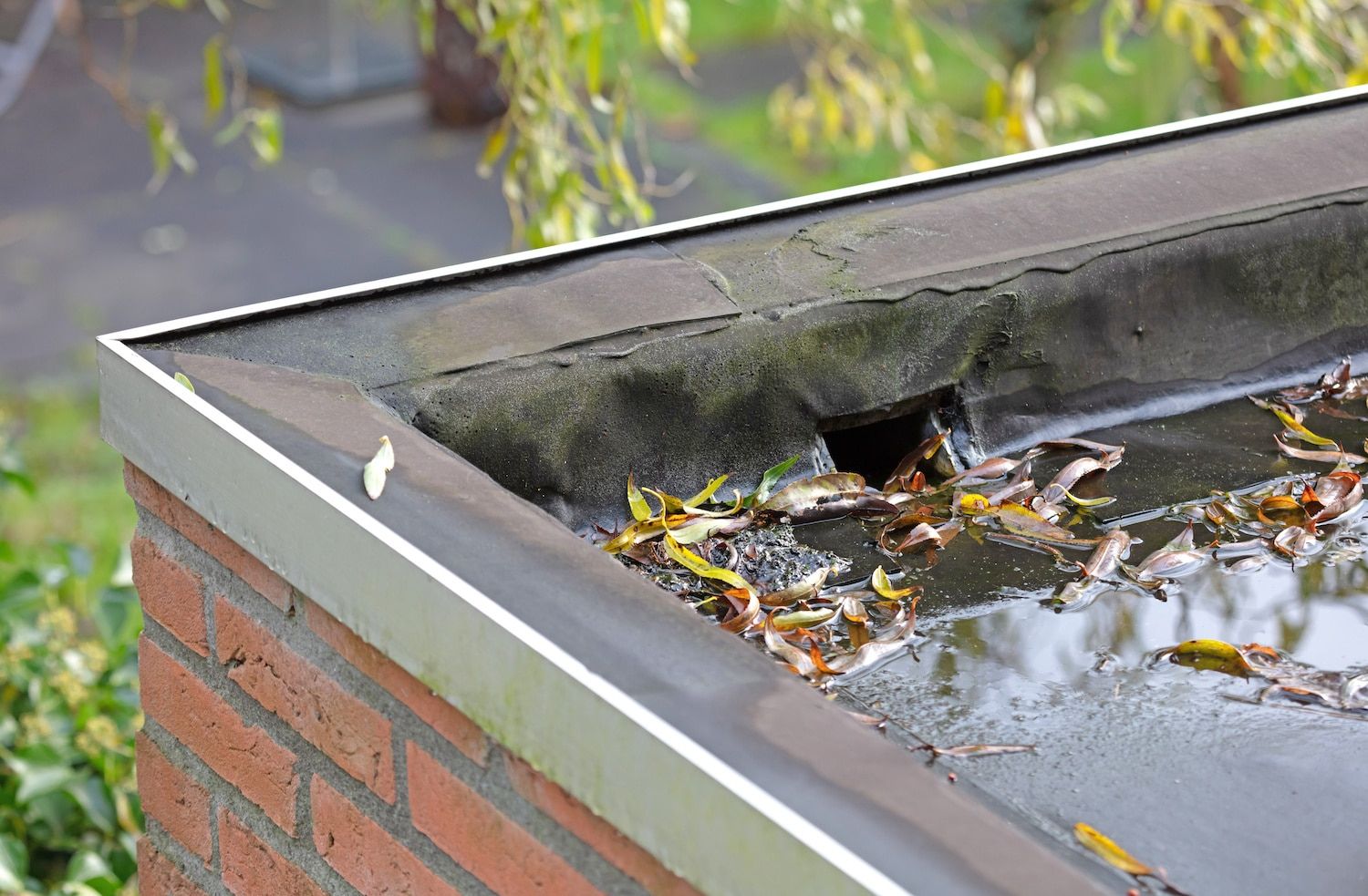
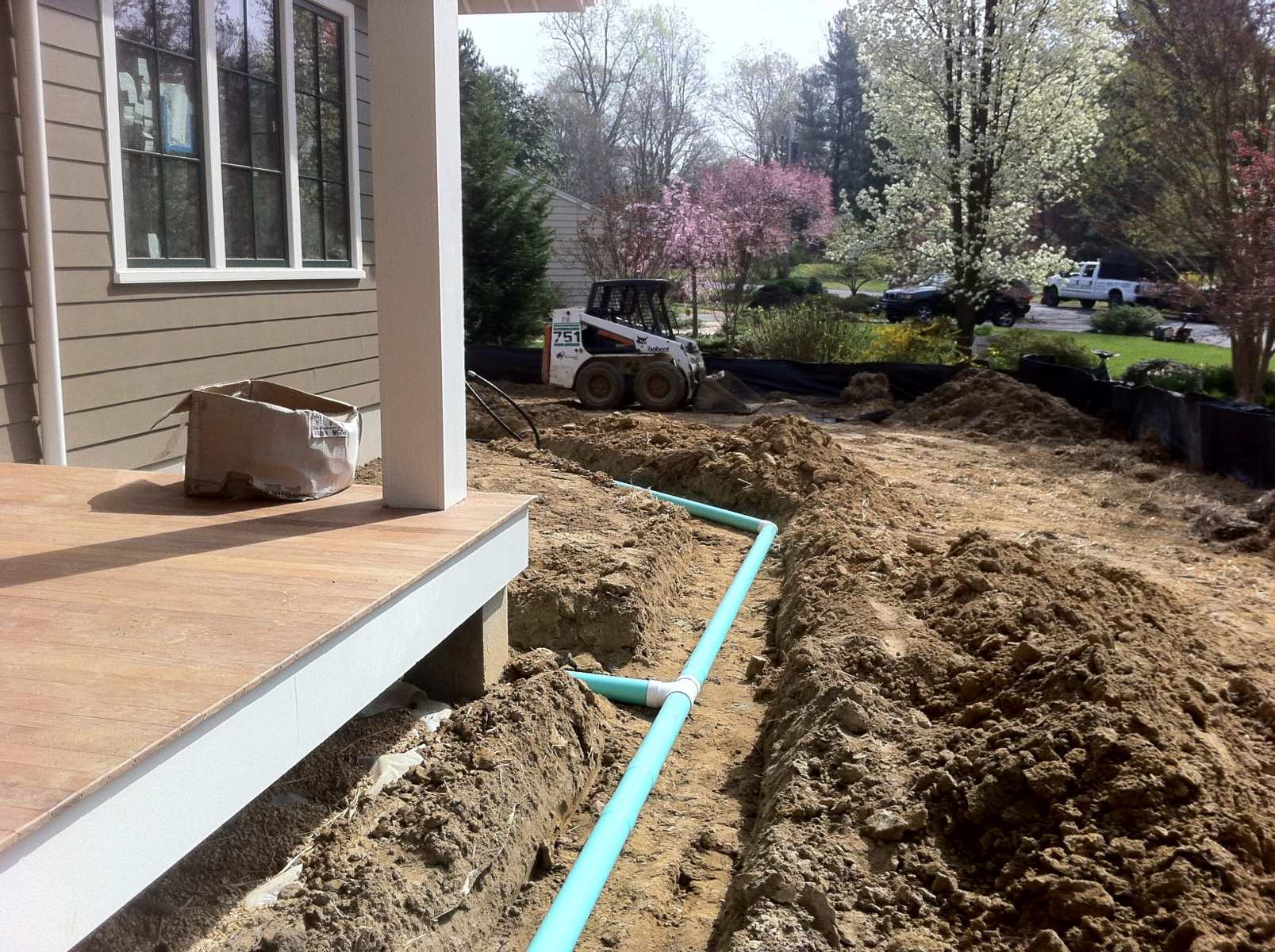
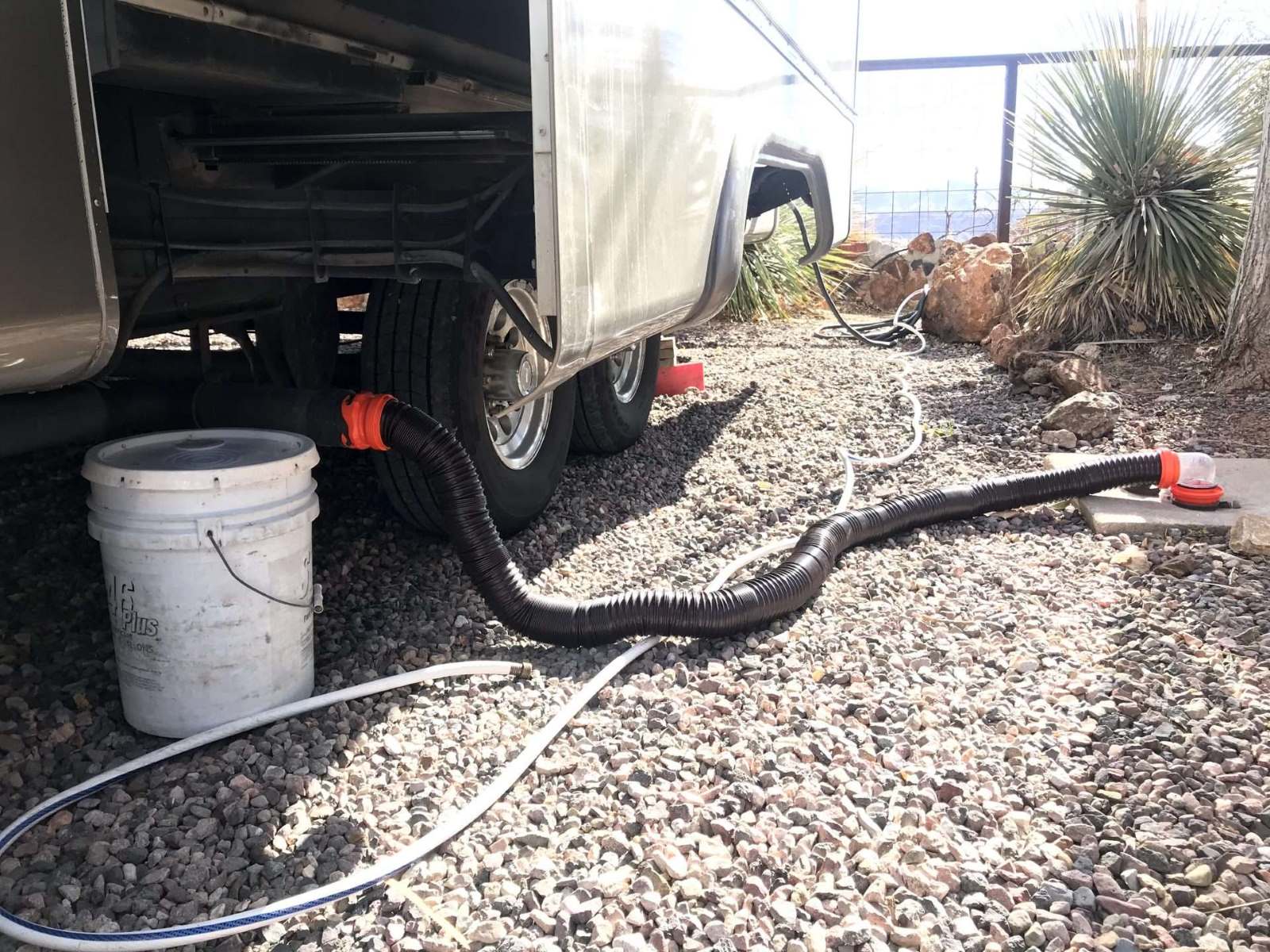
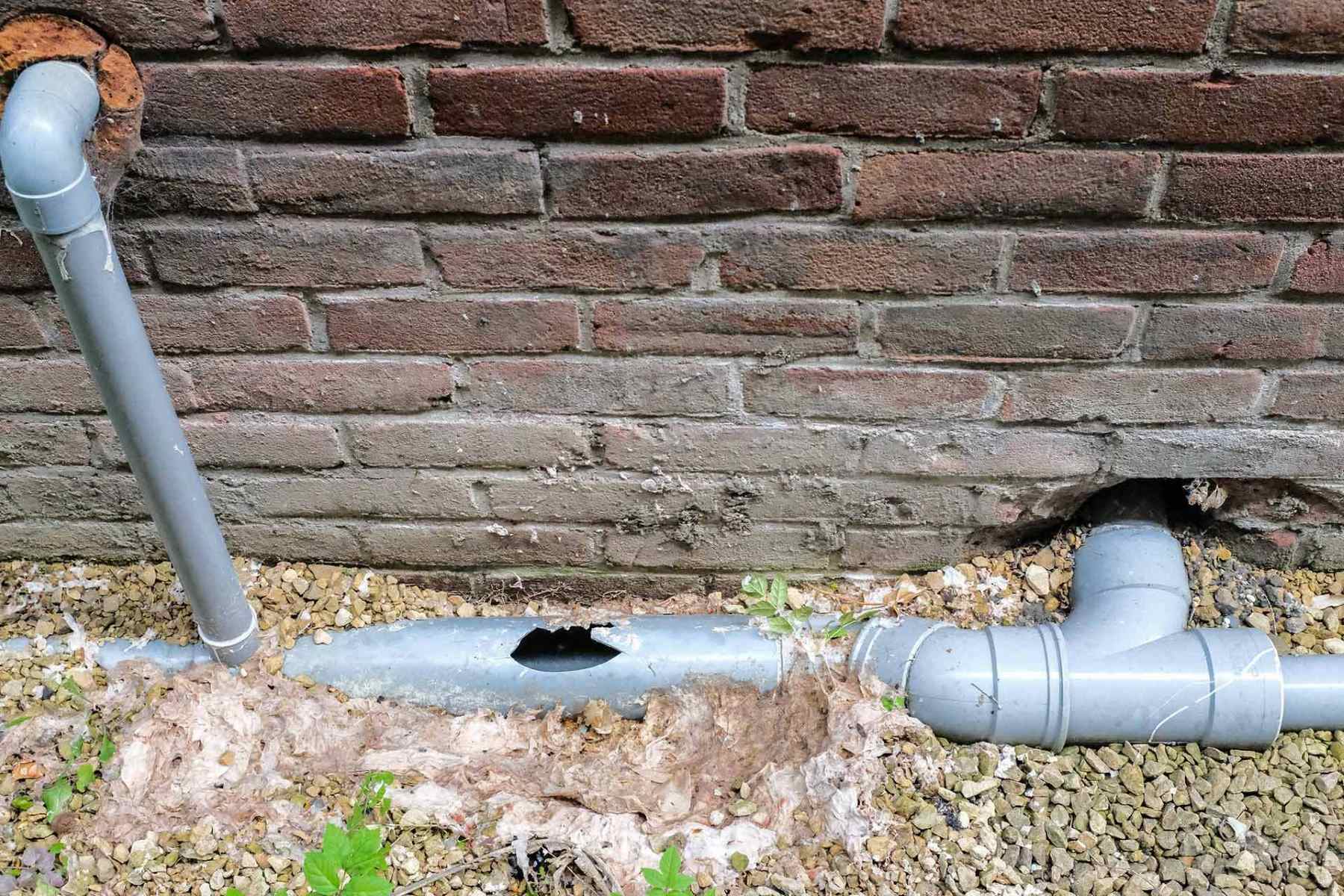
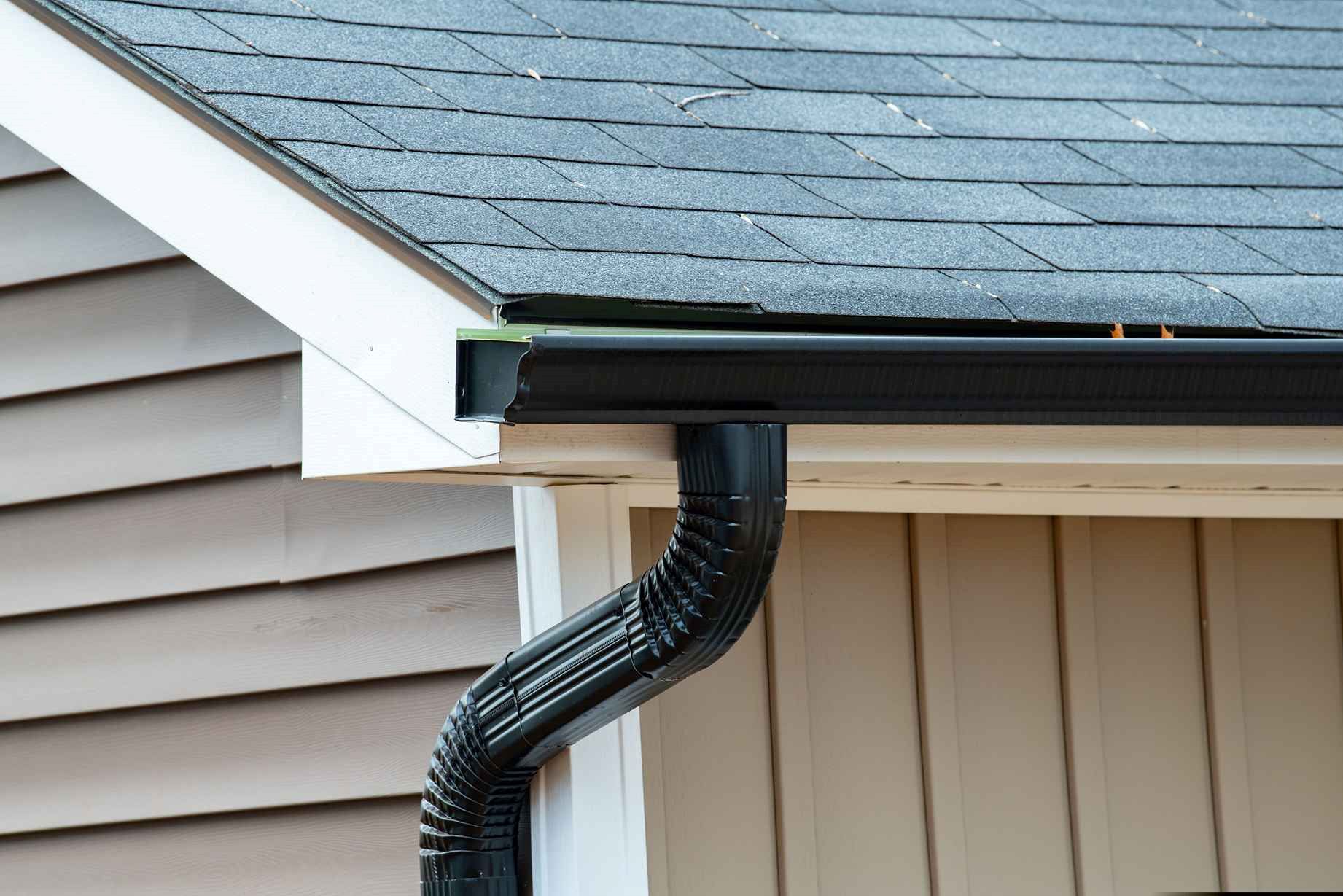
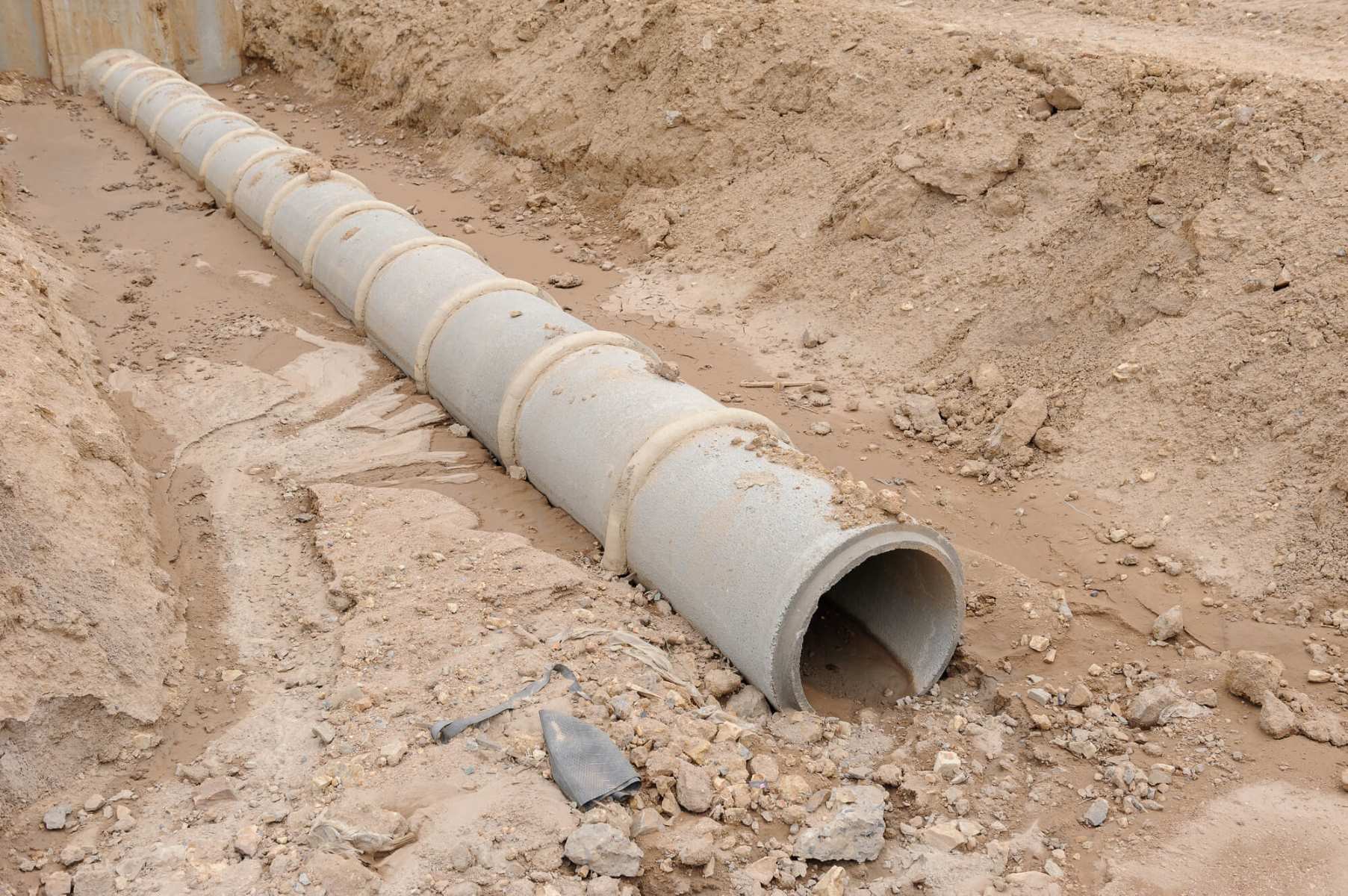
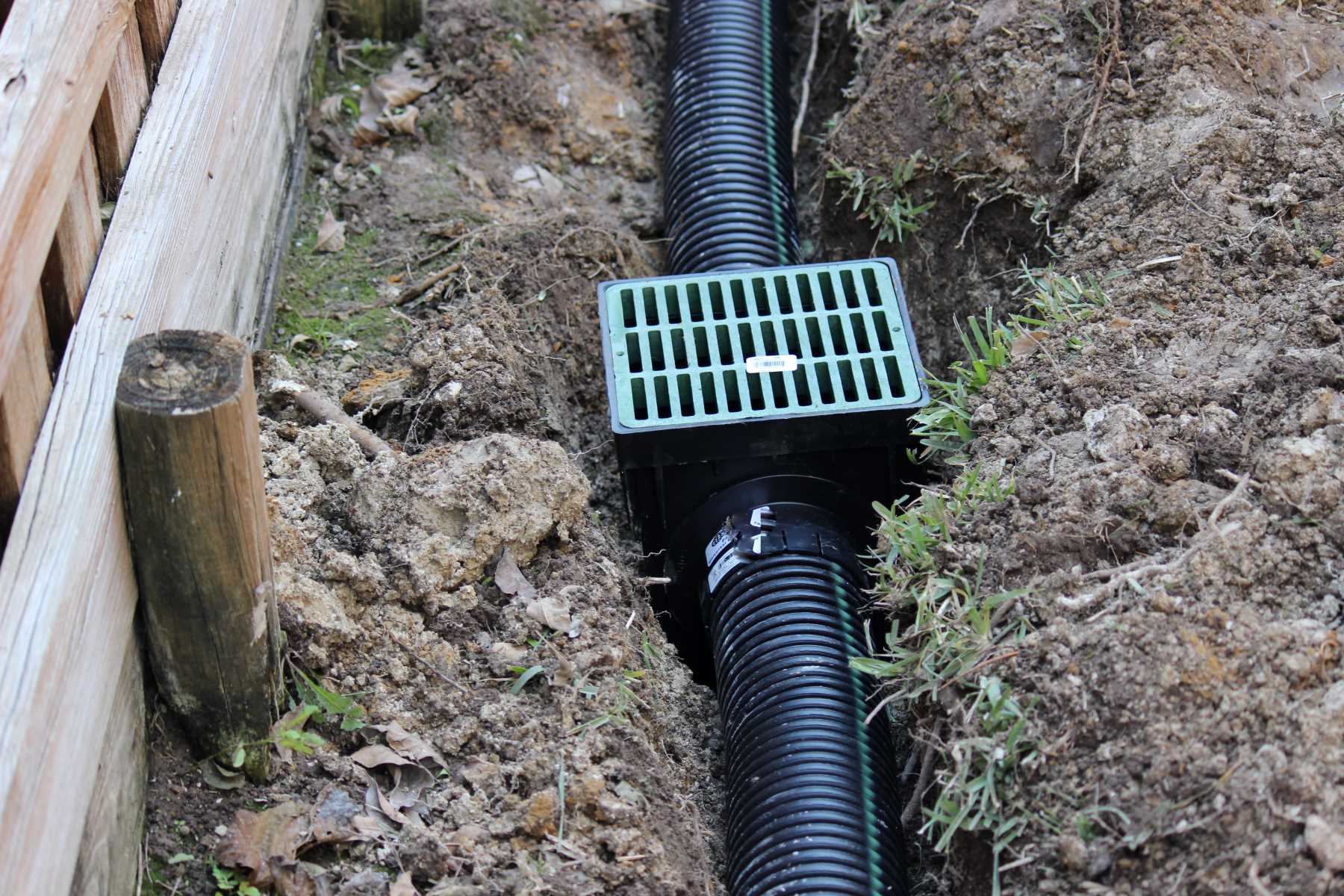
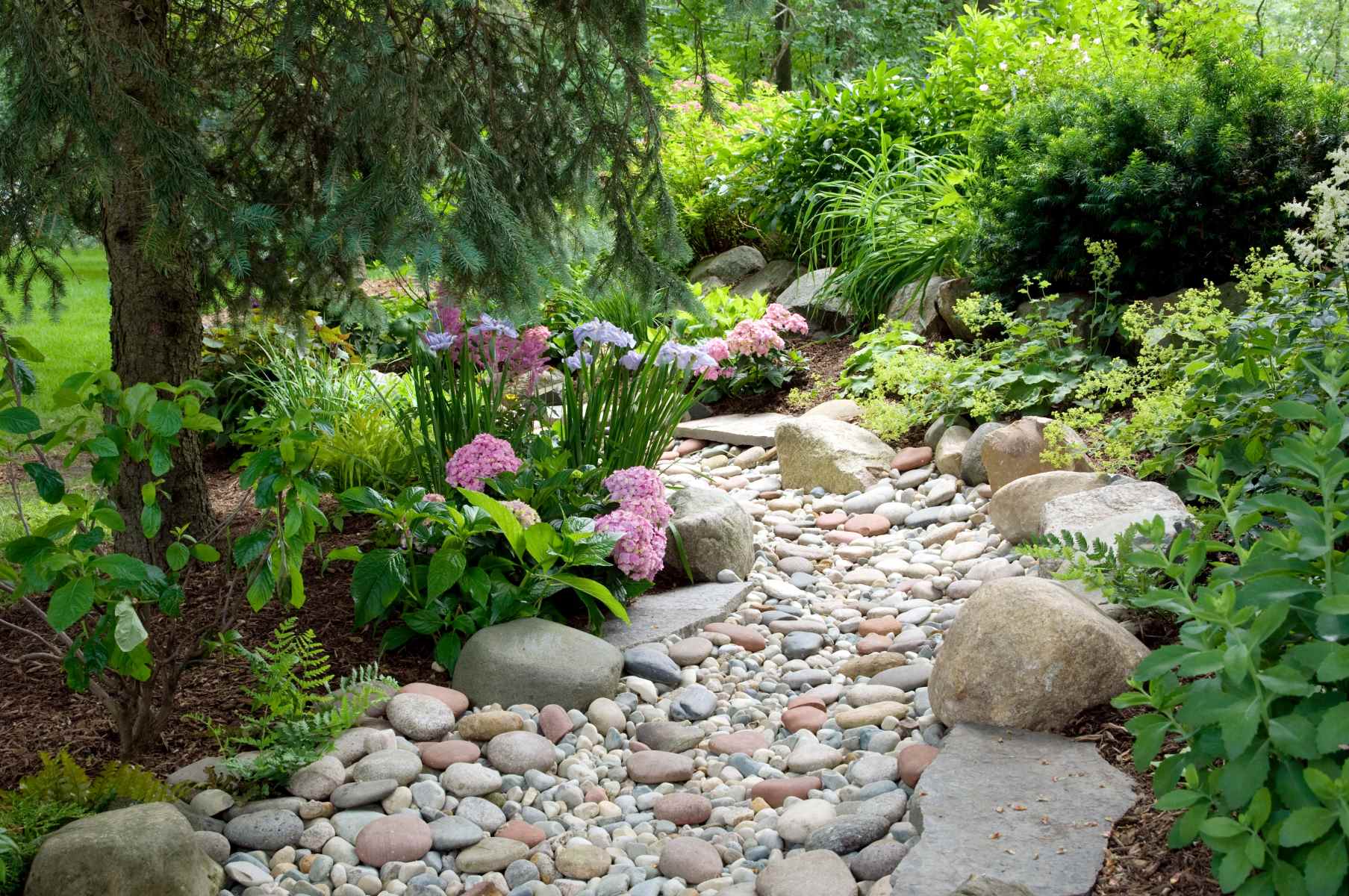
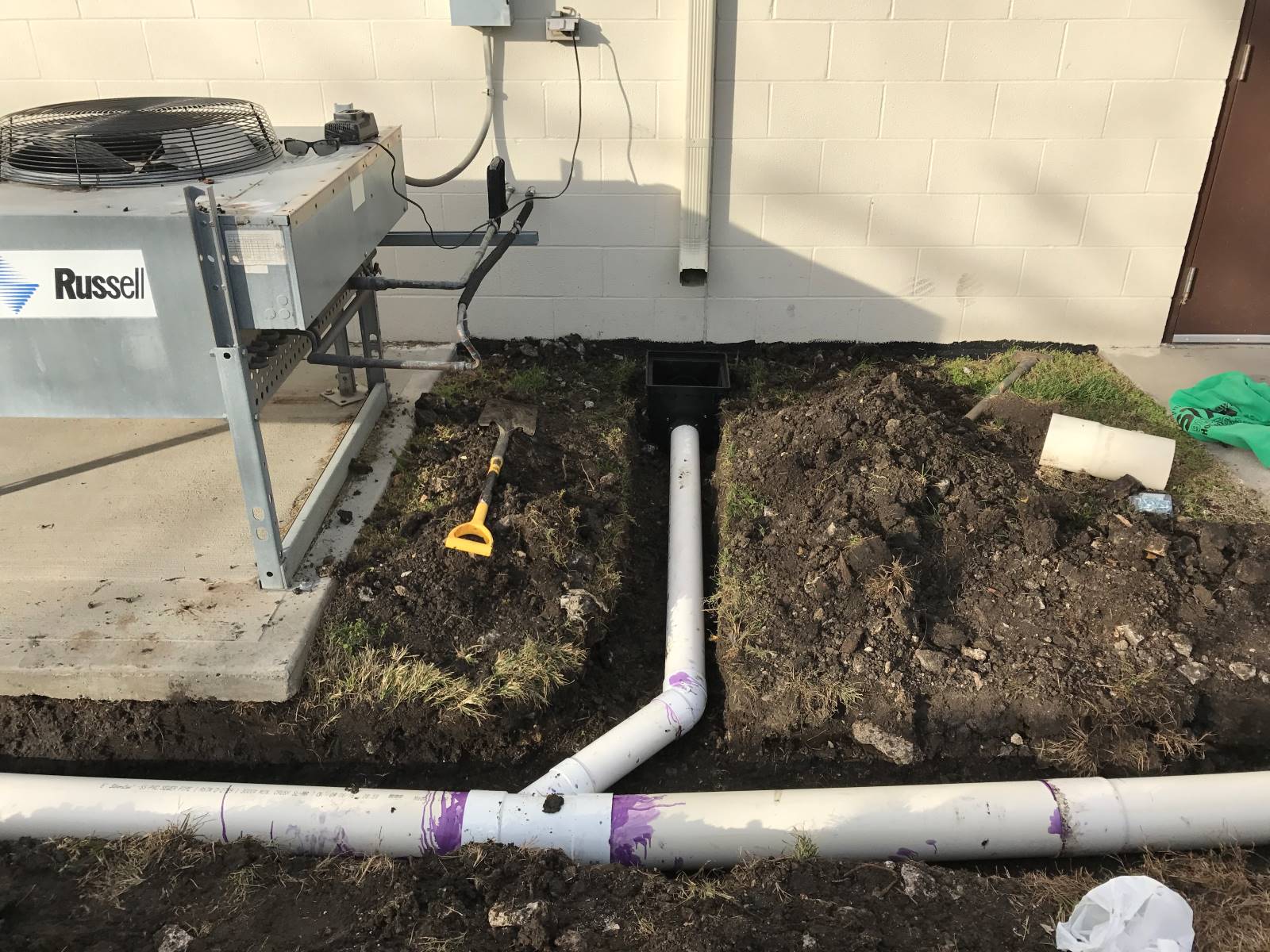
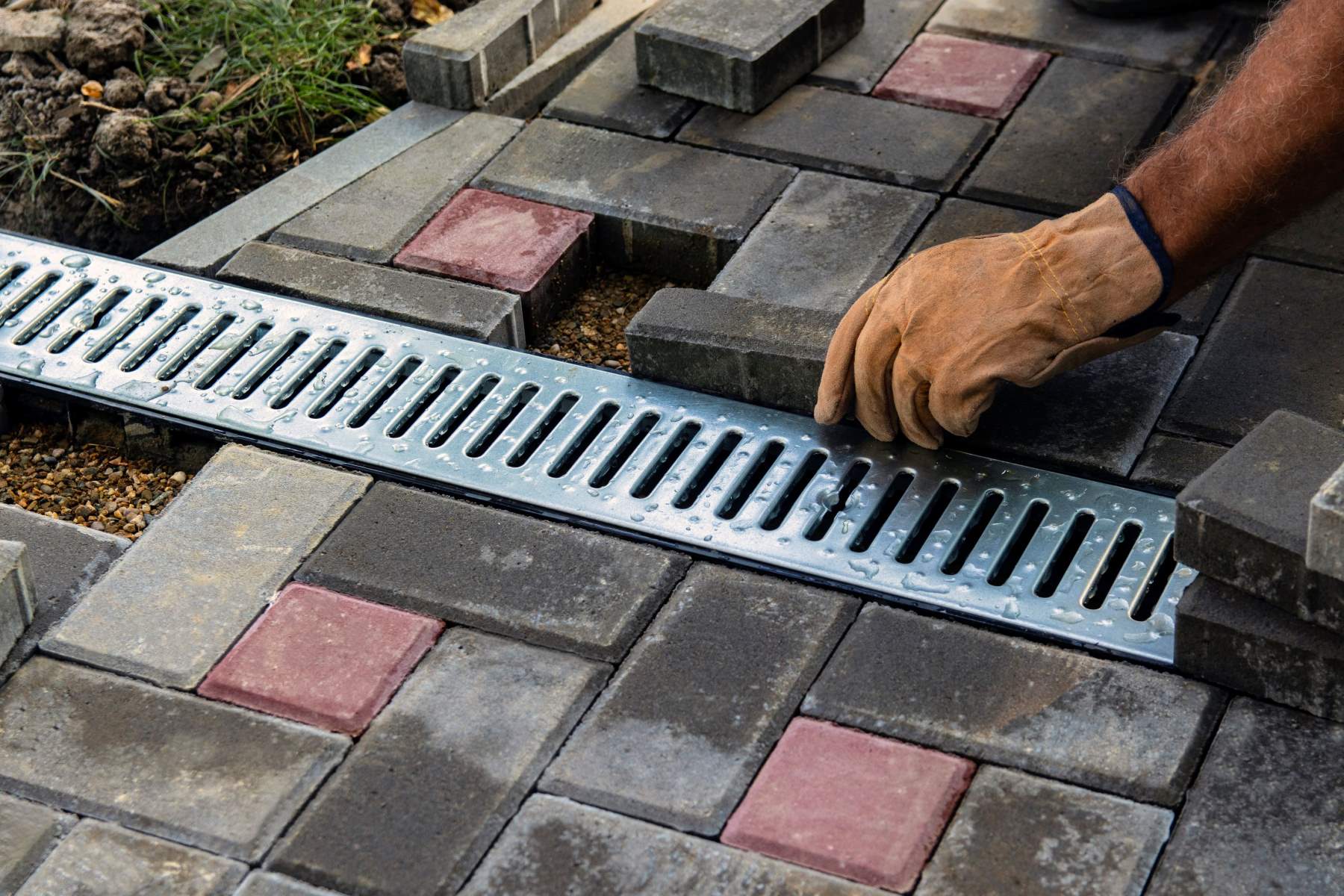
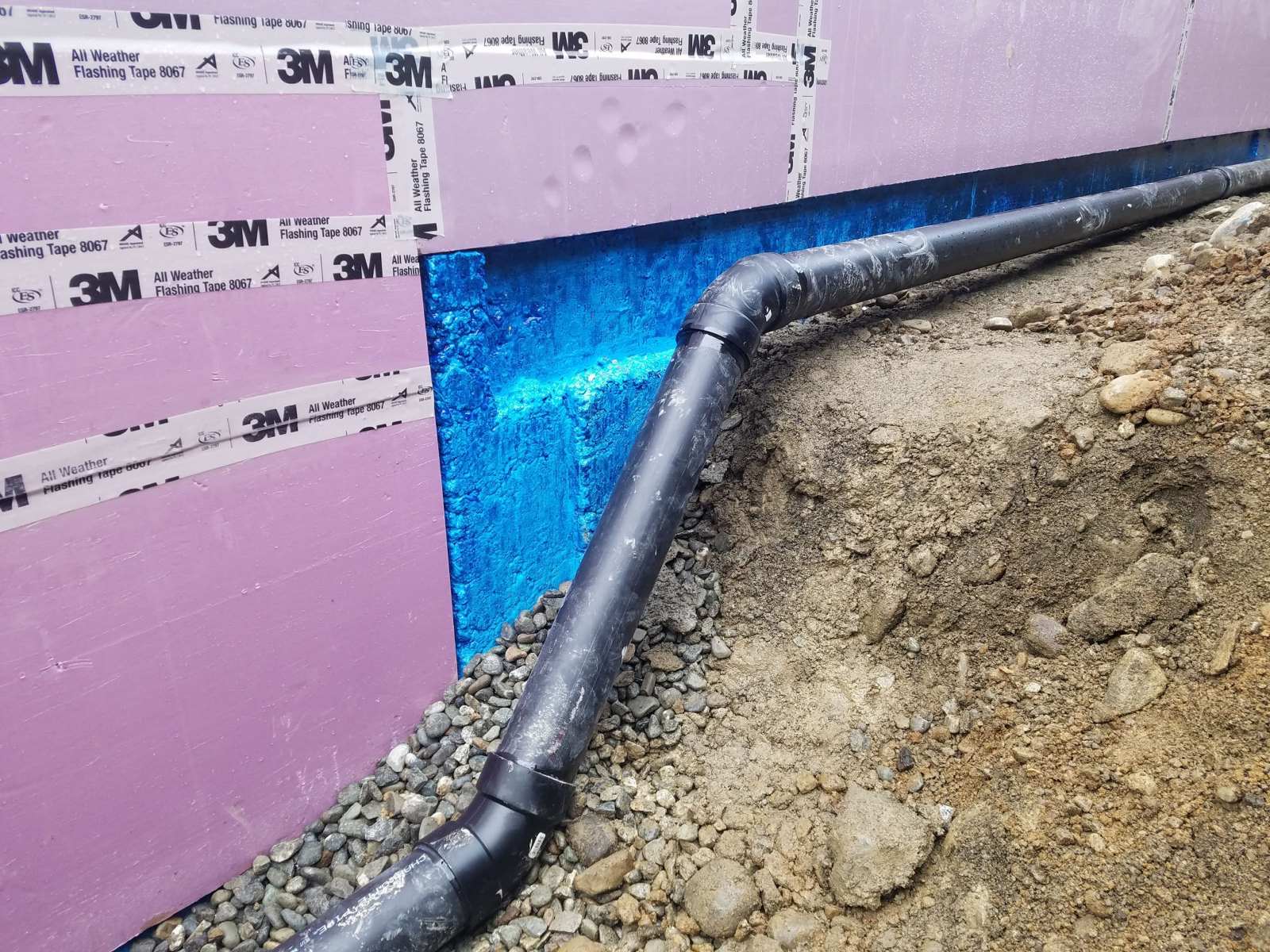
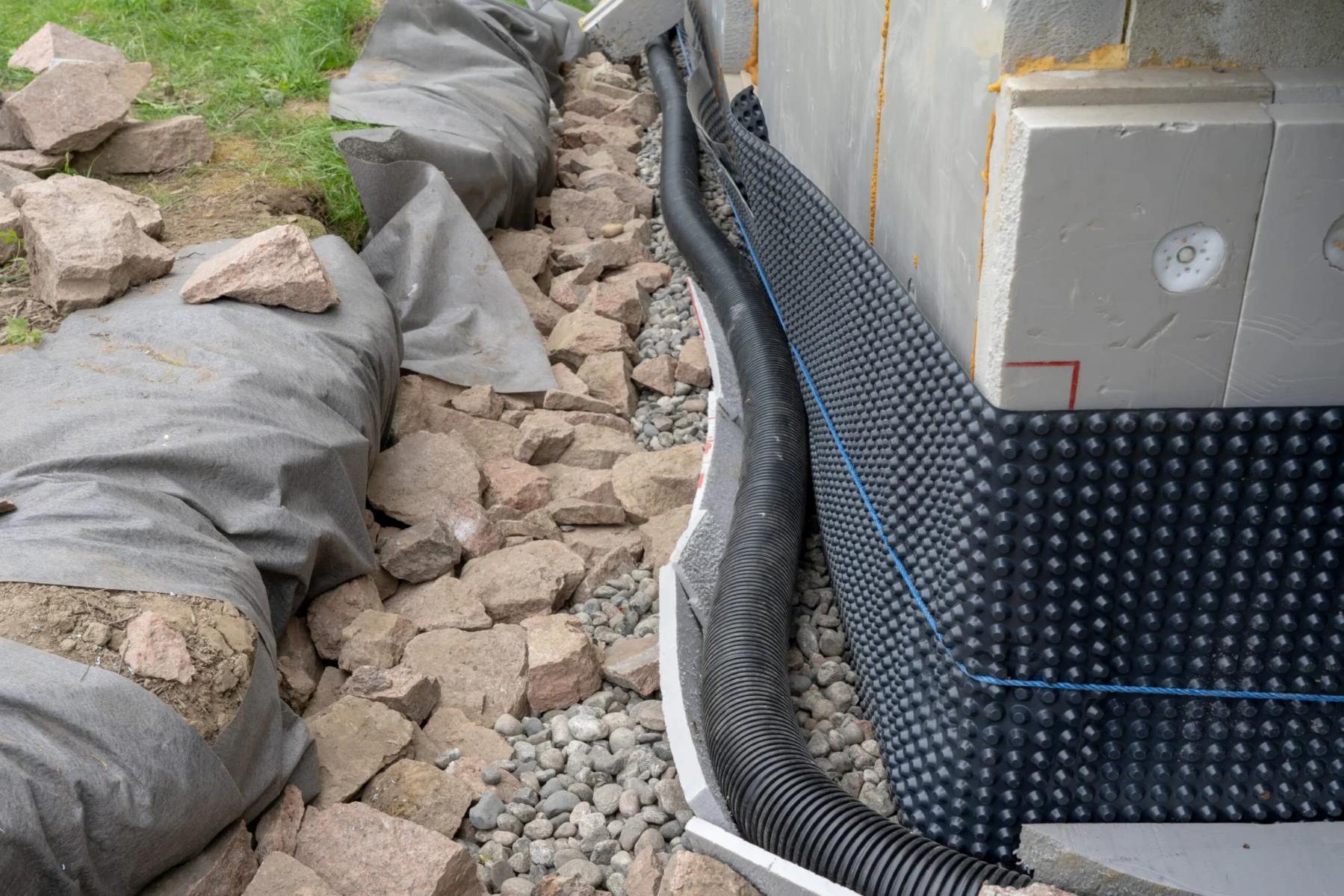
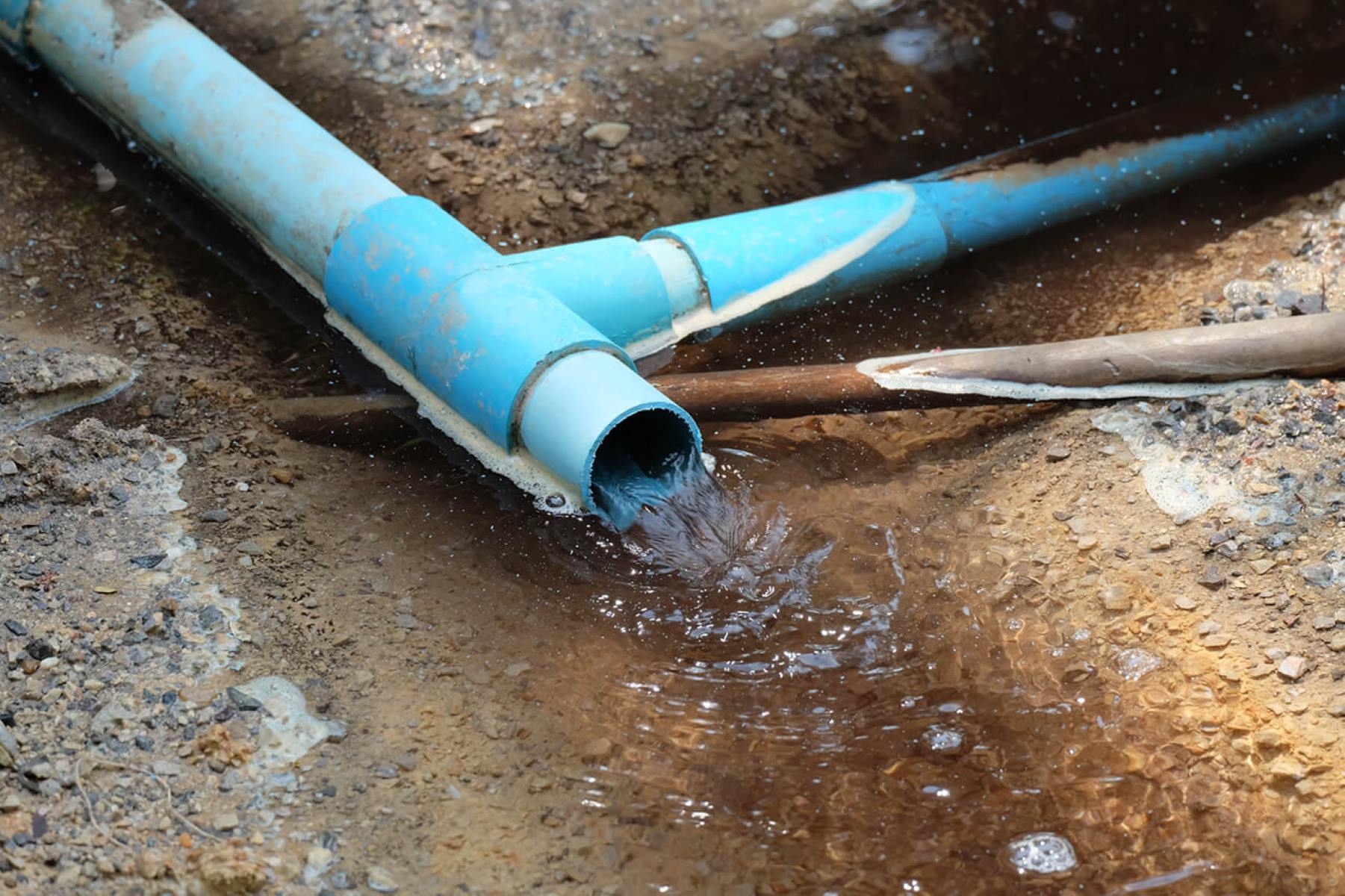

0 thoughts on “How To Slope Drainage From Your House”